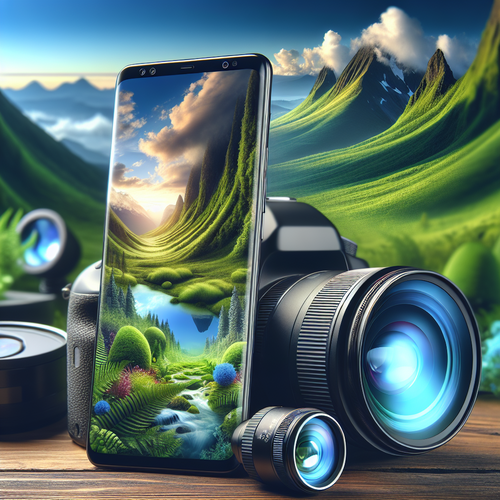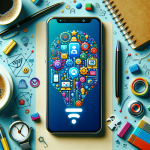
Phone Cameras vs DSLR in 2025: A Comparative Analysis
Phone Cameras vs DSLR in 2025: How Close Have Smartphones Come to Replacing Professional Gear?
As we step into 2025, the debate on whether smartphone cameras can truly replace DSLRs rages on. With advancements in technology, smartphone cameras have come a long way, breaking barriers that once seemed insurmountable. In this tutorial, we will explore the progress of smartphone cameras, comparing them to traditional DSLR gear, and determine how close they are to taking the crown in professional photography.
Prerequisites
- Basic understanding of camera types: DSLR, mirrorless, and smartphone cameras.
- Interest in photography and camera technology.
- Familiarity with terminology such as lens, aperture, ISO, and image sensor.
The Evolution of Smartphone Cameras
In just a few years, smartphone cameras have transformed drastically. The introduction of computational photography, multiple lenses, and AI-enhancements has made them formidable competitors against DSLR systems. Here’s how smartphone cameras have evolved:
- Advanced Sensors: Smartphone manufacturers now implement larger and more sensitive sensors which allow for better light capture and overall image quality.
- Multiple Lenses: Today’s smartphones often come with multiple camera lenses, which provide versatility in focal lengths, from wide-angle to telephoto.
- AI and Computational Photography: Innovations in AI-powered algorithms assist in taking the perfect shot by automatically adjusting settings for various conditions.
Comparison of Features
To assess how close smartphones are to DSLRs, let’s break down the core features common in both types of cameras:
1. Image Quality
Generally, DSLRs still lead in terms of image quality, especially in low-light scenarios. However, recent developments in smartphone technology, such as improved sensors and enhanced software, are closing this gap. For instance, smartphones are now capable of producing images with impressive dynamic range and detail.
2. Lens Versatility
DSLRs offer a wide range of interchangeable lenses tailored for different photography disciplines. While smartphones are beginning to integrate multiple lenses, they still cannot match the versatility offered by professional-grade lenses available for DSLRs.
3. Low-Light Performance
In 2025, while flagship smartphones exhibit remarkable low-light performance, high-end DSLRs still excel due to their larger image sensors and optimized lenses. However, computational photography techniques, like Night Mode, have made significant strides.
4. User Experience
Smartphones offer unparalleled convenience, with features like instant sharing and editing capabilities built right into the device. On the flip side, DSLRs provide a hands-on, tactile experience that many photographers appreciate. Additionally, DSLRs often have superior manual controls, which can be a deciding factor for professional photographers.
5. Price Point
Smartphones often present a more cost-effective solution for budding photographers, as they combine multiple tools (camera, editor, and sharing platform) in one device. Conversely, entry-level DSLRs alone can be more expensive and require additional investment in lenses and accessories.
Future Trends: What Lies Ahead?
As we look to the future, several trends indicate increasing parity between smartphone cameras and DSLRs:
- Emerging Technologies: Developments in sensor technology, such as larger sensors in smartphones, may soon rival those in DSLRs.
- Augmented Reality Features: Integration of AR into camera apps is likely to transform the creative process for smartphone users.
- Enhanced Connectivity: Continued advancements in connectivity will aid in live streaming and content sharing functionalities directly from smartphone cameras.
Troubleshooting Common Issues
While using smartphone cameras, users may encounter several common issues:
- Blurry Images: This can often be corrected by ensuring adequate lighting or using image stabilization features.
- Overexposed Photos: Adjusting the exposure settings or using HDR can help rectify this issue.
- Slow Processing Time: Ensure your device has sufficient storage space and is not overloaded with apps to enhance performance.
Summary Checklist
To summarize the discussion:
- Assess the evolving technology in smartphone cameras.
- Compare critical features between smartphones and DSLRs.
- Stay updated on future trends in photography tech.
In conclusion, while smartphones are making significant strides and could potentially replace DSLRs for casual users, professional photographers still rely heavily on DSLRs for their unmatched quality and flexibility. As technology continues to advance, we will watch excitedly to see how the landscape of photography evolves.
For additional insights on mobile photography advancements, read our article on AI in Mobile Photography.














